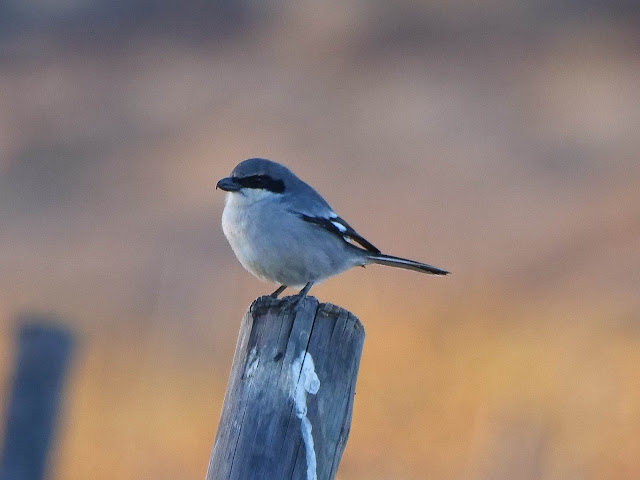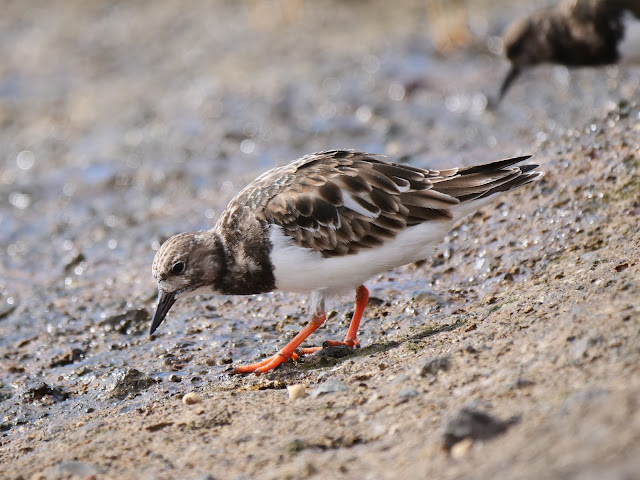Sabine and I had managed to arrange PhD vivas at Edinburgh University on the same day so we headed north from Manchester for a weekend in Scotland. After completing our examination duties on the Friday afternoon we spent a very pleasant evening with our academic hosts Dom, Dave and Alison at a restaurant, followed by a pub, in Marchmont. The next day Sabine and I fancied a good long walk and so set out for Portobello then on to Joppa and finally Musselburgh. Along the coast we saw several Eider Ducks and some Oystercatchers and Turnstones. The highlight was when we reached Musselburgh where the River Esk meets the Firth of Forth. Here there were ca. 20 Goldeneye diving and feeding at the mouth of the river together with ca. 50 Redshank and two Eider Ducks.
 |
| male Goldeneye |
 |
| female Goldeneye |
 |
| male and female Eiders |
 |
| Common Redshank |
The next day I managed to combine a 'twitch' with a very pleasant walk in Holyrood Park which was about a 30 minute walk from our hotel (so not really a twitch). Sure enough in St. Margaret's Loch in Holyrood the Ring-billed Gull was sitting on the small lake and briefly came close enough to enable some reasonable photographs. This Nearctic Gull, which had been around for about a week, breeds in the USA and Canada and occasionally is found as a vagrant in the UK during the winter months.
 |
| Ring-billed Gull |
 |
| Ring-billed Gull |
Despite being between Storms Malik and Corrie the weather was generally very good although the return leg to Manchester required us to go via Glasgow due to high winds on the east coast.










































